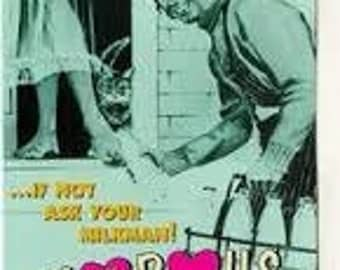


He’s creepy and threatening (he says he’ll kill her boyfriend unless she ends that relationship) but in this city it doesn’t do to cross such a powerful figure. He has the disconcerting habit of turning up when she least expects him: when she’s out running, as she leaves her French evening classes. This unusual behaviour draws the attention of one of the high-ups in the paramilitary organisation – Milkman – a man who begins to shadow her and treat her as if she’s his property. ‘Reading-while-walking’ was definitely on the list. I didn’t see anything wrong with this but it became something else to be added as further proof against me.

She reads while she walks, usually 19th century novels. She’s an oddity in her neighbourhood because she has no interest in marriage or babies and she reads books. Dangerous to read and walkĪnna Burns tackles the conflict through the eyes of an unnamed 18-year-old girl. This was a time when the country was embroiled in sectarian warfare and the city of Belfast was at the heart of what became labelled as “The Troubles”. But it’s evident she is describing her home city of Belfast, Northern Ireland during the 1970s.

She never names the town in which she sets the novel, nor even the country. It’s one where, though she represents them in a highly imaginative manner, these atrocities did occur. The world of Anna Burns’ Milkman is an all too real place. We’re not talking here about a fictionalised nightmarish dystopian society where every vestige of normality has broken down. Where almost every family you know has seen brothers, sons, sisters, fathers killed. Where masked paramilitary “heroes” dole out summary justice to suspected informers. Where people with cameras lurk in bushes to capture your every action. Imagine a world where it’s dangerous to be different.


 0 kommentar(er)
0 kommentar(er)
